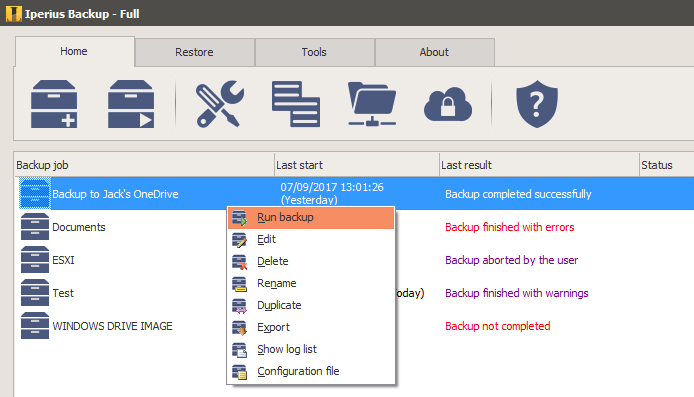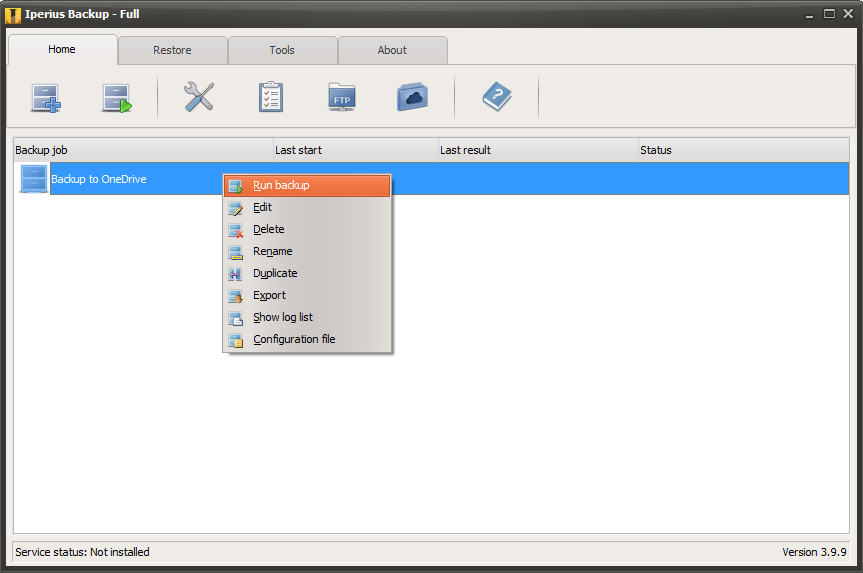
The following example assumes you want to create an encrypted backup of an existing plaintext directory ~/mythesis which contains the file thesis.txt.įirst, we create the encrypted backup of the existing plaintext directory: $ encfs -reverse ~/mythesis /tmp/thesisbackup Here's some pasted info: Backup plaintext directory Then the "virtual" encrypted files can be sent to the cloud (or any backup location) and you just need the encrypted options file (encfs6.xml, keeping it with the backup files would work) and passphrase to read them.

Here's the best backup feature of EncFS (IMO) - it can do a " -reverse" mount, using a plain folder to create a "virtual" encrypted copy, without writing a single byte to your hard drive. Linux-oriented, but if the EncFS port for windows works it should be useable too.

Super ArchWiki EncFS page - very good info on using EncFS.

encfs4win - "experimental project of porting encfs to the Windows world".How-To Geek on How to Encrypt Cloud Storage on Linux and Windows with EncFS.The local files can remain un-encrypted, while the online copy/folder would be encrypted.ĭeleting the local files is an option ( after verifying the online copies can be decrypted), but for a good backup strategy you should keep a local copy somewhere/somehow just in case the online copy has problems, or the passphrase is lost, etc. Or, you could use an encrypted filesystem like EncFS to encrypt a local folder into a shared OneDrive (or other service) folder.

Or, you could use a tool like TrueCrypt (though it's no longer officially supported) or dm-crypt/LUKS to create a big encrypted container file, put your files inside it, and copy the whole container to wherever. Then copy the encrypted files to wherever for backups. Sure, you could use PGP/ GPG to encrypt the files, either using your own personal public key (then you only remember your personal key's passphrase) or using -c conventional encryption only with a passphrase for the file you have to remember.


 0 kommentar(er)
0 kommentar(er)
